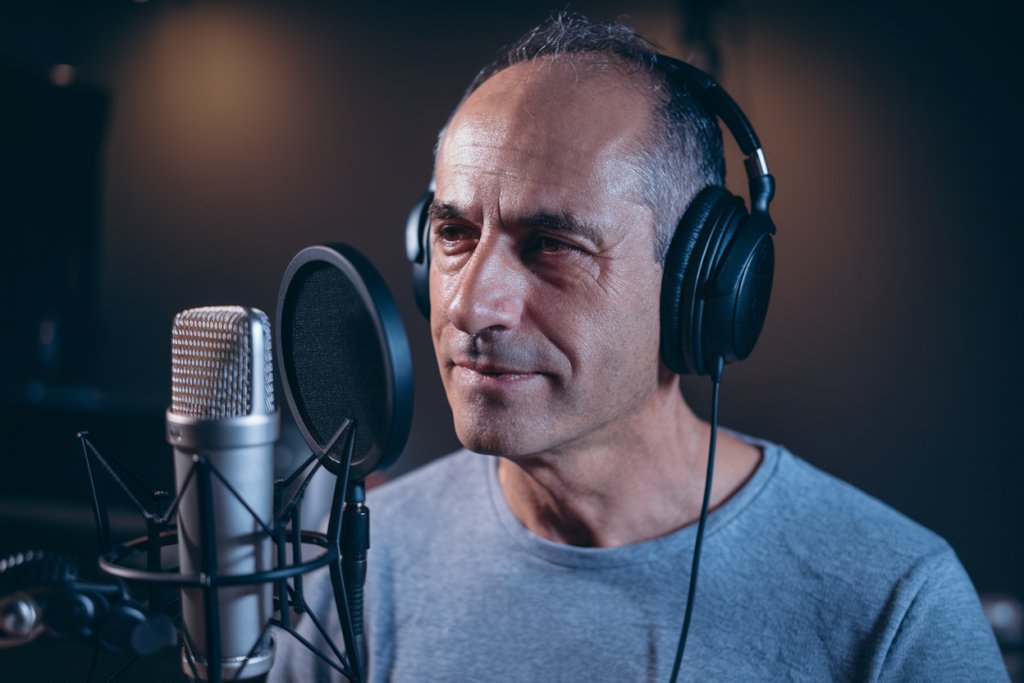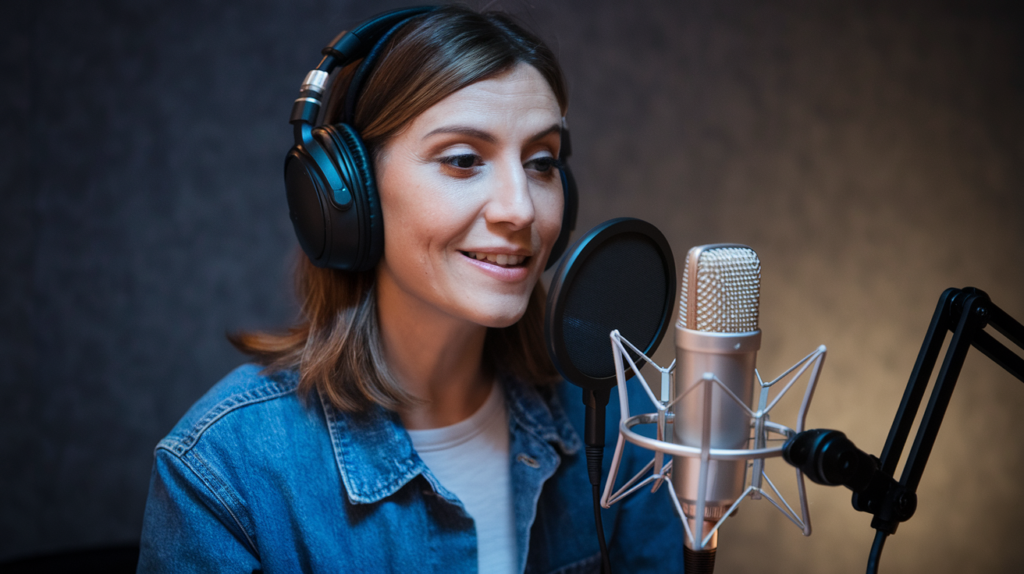Optimizing voice and image coordination in Italian isn’t just a technical challenge; it’s an art that enhances communication. Whether you’re working on film, video production, or even online content, getting this balance right can make all the difference in how your message is received. I’ve seen firsthand how effective coordination can elevate storytelling and engage audiences more deeply.
Overview of Voice-Image Coordination
Voice-image coordination entails synchronizing audio and visual elements to create a seamless viewer experience. Achieving this balance requires careful attention to timing, clarity, and emotion in both voice and imagery. In film and video production, the alignment of dialogue with on-screen action is essential for maintaining narrative flow.
Key components include:
- Timing: Ensuring that audio cues match visual moments enhances comprehension.
- Clarity: Clear vocal delivery supports understanding of dialogues against complex visuals.
- Emotion: Matching vocal tone with visual expressions strengthens audience connection.
Effective voice-image coordination impacts various media formats, including documentaries, advertisements, and online content. Mastering this coordination not only improves storytelling but also amplifies audience engagement by creating a more immersive experience.
Importance of Optimizing Voice-Image Coordination
Optimizing voice-image coordination plays a vital role in effective communication, especially in the context of Italian language learning and media production. The following sections outline its benefits for learners and its impact on overall communication skills.
Benefits for Italian Language Learners
- Improved Comprehension: Synchronizing voice and image helps learners understand spoken Italian better by providing visual context. This connection aids retention and recall of vocabulary and phrases.
- Enhanced Pronunciation Skills: Hearing native speakers while viewing their mouth movements allows learners to mimic pronunciation more accurately, facilitating better speaking skills.
- Cultural Contextualization: Visuals paired with audio provide cultural insights, enriching the learning experience by illustrating how language is used in real-life situations.
- Increased Engagement: Dynamic content that effectively integrates voice and image keeps learners interested, promoting longer study sessions and improved outcomes.
- Clarity in Expression: Aligning vocal tone with visual cues reinforces message clarity, ensuring the audience understands intent without confusion.
- Emotional Connection: Coordinated voice-image elements evoke emotions effectively, making it easier to connect with audiences on a personal level during storytelling or presentations.
- Audience Retention: Seamless integration of audio-visual components enhances memory retention for key messages, leading to stronger audience engagement during various formats such as advertisements or educational videos.
- Professionalism in Delivery: Mastery of voice-image coordination elevates production quality across multiple platforms, conveying professionalism that attracts viewers and builds trust.
Techniques for Optimizing Voice-Image Coordination
Optimizing voice-image coordination requires practical techniques that enhance synchronization and leverage technology. Here are some effective strategies.
Practicing Synchronization Exercises
Practicing synchronization exercises strengthens the connection between audio and visual elements. These exercises include:
- Shadowing: Mimicking a speaker’s words while watching their facial expressions helps in matching vocal tone and emotion.
- Lip Syncing: Rehearsing lines with a video enhances timing, ensuring spoken words align perfectly with lip movements.
- Playback Analysis: Reviewing recordings of performances allows one to identify discrepancies between voice delivery and visual cues, facilitating targeted improvements.
Regular practice of these exercises fosters natural coordination, ultimately enhancing communication effectiveness.
Utilizing Technology and Tools
Utilizing technology streamlines the optimization process for voice-image coordination. Key tools include:
- Video Editing Software: Programs like Adobe Premiere Pro or Final Cut Pro enable precise adjustments of audio tracks to visuals.
- Voice Recording Apps: Applications such as Audacity allow for high-quality audio capture, making it easier to refine vocal performance.
- Synchronization Plugins: Specialized plugins can automatically align audio with video timelines, reducing manual effort in achieving perfect sync.
Incorporating these technologies not only saves time but also improves overall production quality across various media formats.
Common Challenges in Voice-Image Coordination
Voice-image coordination presents several challenges that can hinder effective communication. Misalignments between audio and visual elements often disrupt the viewer experience, making it crucial to address these issues systematically.
Identifying Misalignments
Identifying misalignments involves careful observation of timing discrepancies. I focus on three primary areas:
- Audio Timing: I check if speech coincides with lip movements.
- Visual Cues: I assess whether sound effects or music match specific actions on screen.
- Emotional Resonance: I evaluate if vocal tone aligns with visual expressions, enhancing emotional impact.
Each area requires dedicated attention to pinpoint inconsistencies that affect clarity and engagement.
Strategies to Overcome Obstacles
Overcoming obstacles in voice-image coordination entails implementing targeted strategies:
- Synchronization Exercises: I practice techniques like shadowing, where I imitate native speakers’ lip movements while listening to their dialogue.
- Playback Analysis: I review recordings multiple times, noting any gaps or overlaps between audio and video elements for correction.
- Technology Utilization: I leverage tools such as video editing software and synchronization plugins to streamline adjustments efficiently.
These approaches foster a more cohesive integration of voice and image, ultimately enhancing the overall effectiveness of communication across various media formats.
Conclusion
Optimizing voice and image coordination in Italian isn’t just about technical precision; it’s a vital part of effective storytelling. By mastering this skill, I can significantly elevate the viewer’s experience and enhance communication across various media formats.
The techniques I’ve explored help ensure clarity and emotional connection, making my content more engaging. It’s clear that investing time in synchronization exercises and utilizing technology pays off by creating a seamless blend of audio and visual elements.
As I continue to refine this aspect of my work, I’m confident that my audience will appreciate the richer experiences I aim to provide. Ultimately, achieving harmony between voice and image not only improves comprehension but also builds trust with viewers, making every project more impactful.








